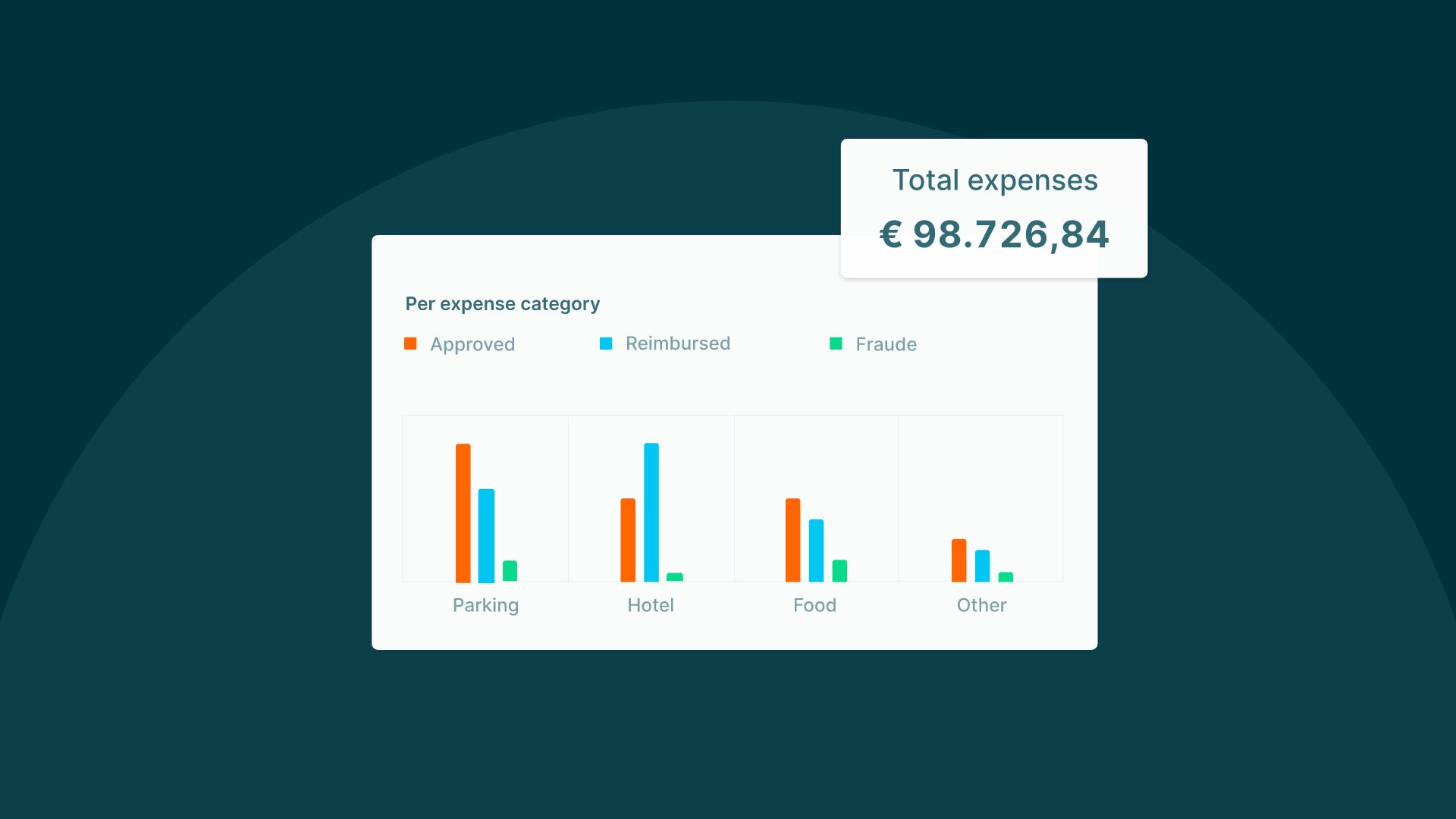Finance teams face an unparalleled diversity and volume of expenses today, with the rise of new applications and platforms generating massive data. In a Forrester survey, 73% of respondents agreed that modernising expense management is essential for lowering costs and boosting operational efficiency, as well as improving employee engagement.
Luckily, artificial intelligence (AI) and its subset machine learning (ML) can be a lifesaver here. Through data-driven insights, AI technologies expedite processes, cut costs, and improve decision-making. They also strengthen a company's financial integrity, resulting in a more nimble, efficient, and resilient organisation ready for success in an ever-changing market.
Read on to explore the impact of AI on expense management and learn what problems the latest AI-powered technologies help to solve.
Emergence of AI in expense management
AI has propelled multiple game-changing advancements across various areas, including corporate cost operations. ML systems can be configured to provide automatic reports based on multiple expense categories as well as standardise and digitise receipts that don’t use standard formats, currencies, or abbreviations.
Such software is extremely effective in detecting fraud and ensuring compliance. ML solutions learn from transactions and streamline the approval of costs that are in line with business policy, highlighting only those that appear to contradict it by codifying best practices based on internal compliance regulations and industry standards.
For example, a member of your sales team may charge a meal and drink, not realising that your company's expense policy does not cover alcohol. ML software recognises the names of beverages and typical meal expenses, so the line item would be flagged and the claim would be returned to the employee before it was filed. This saves your team time from manually reviewing the charges.
According to a GBTA survey, nearly one in every five cost claims contains such problems, and it takes teams an average of 18 minutes to repair error-ridden expense reports. Those extra minutes add up to about $58 in wasted spending for each report.
Machine learning applications in expense management
Optical Character Recognition (OCR)
OCR is a technology that can read and transform a document’s image into digital text. AI and machine learning increase OCR’s accuracy by providing a "dictionary" from which the words are most likely to come. Due to their capacity for learning and making decisions, neural networks are able to perform these tasks really well.
Receipt and memo auto-fill
Your staff don't want to be burdened with paperwork following every company expenditure. An AI-enabled spending assistant can automatically input receipts, write up memoranda, and recommend prospective guests, all while accounting for every required detail.
Classification and decision-making
An AI assistant can come up with new ideas to complement staff decision making and allocate each item to its proper budget by using context such as calendar information, transaction details, and historical data.
Automated expense reviews
Managers and department heads can't spend their days scrutinising routine and recurrent expenditures that obviously fit within the confines of the company's cost policy. They can evaluate by exception and go further into anything that may violate rules with an AI assistant on their side flagging any abnormalities.
Conversational AI that provides insights
Imagine that your finance team would like to compare the marketing department's annual spending to the previous year's total. Instead of painstakingly calculating all of the data, they could just ask your AI bot a question and receive a detailed report in no time.
Intelligent automation in expense reporting
An automated expense reporting solution improves expense management, lowers costs, and gives finance teams more control and insight. Using OCR technology, your team can instantly scan and digitise paper receipts. This helps to eliminate the risk of human mistakes by accurately extracting information from receipts.
Another area of intelligent automation is uploading receipts. Modern tools allow users to instantly upload e-receipts from the apps they use during travel and other activities. Finance teams can also use intelligent automation to set up reminders that alert approvers of pending costs and reports.
Finally, AI and ML can power a robust policy engine that examines all costs in real time from the start of expense reporting. Such solutions can immediately detect false, exaggerated, duplicate, weekend, or holiday expenditures, generating detailed digital audit trails that record all staff activities on reported costs. All in all, automation reduces accounting mistakes and ensures full compliance.
Enhanced analytics for financial decision making
Companies use data analytics solutions to analyse their historical data to better understand its current and future financial health. However, many finance teams struggle to collect data from multiple sources and perform the analysis required to answer questions about financial performance.
AI-powered software solves this problem by merging data from existing ERP and other business systems into a single source for analysis. Unlike static reports used in accounting, AI data analytics provides dynamic analysis with customisable dashboards displaying high-level summary information for faster and more accurate decision-making.
Future trends in AI and expense management
Emerging trends and innovations around AI focus on several goals: simplifying expense reporting, decreasing administrative chores, and increasing accuracy. In the future, organisations will embrace more integrated and automated receipt management, making the processes for collecting and managing receipts and expenses more automated.
As the AI and ML space expands, businesses stand to benefit from decreased human input, faster processing, and lower error risk - for example, by automatically matching the expenditure report with the credit card invoice or highlighting expenses that don’t satisfy the company's policy.
AI and machine learning solutions will ensure more accuracy and efficiency in the identification, categorisation, and accounting of receipts and expenses. Integration with automated invoice processing will create a more unified and comprehensive administration for the finance and payroll departments.
Conclusion
Traditional, manual approaches to managing costs are error-prone, time-consuming, and next to impossible, considering the ever-changing cost policy. Employees who manually collect receipts, write up memoranda, and file expense reports for each transaction are just wasting their time.
AI and automation lift this burden off their shoulders, ensuring expense policy compliance is simple for both budget owners and spenders. Auto-enforced spend restrictions, integrated policies across all payment forms, automated receipts, and AI-enabled automations will continue to transform the core activities in expense management.
Learn more about how Mobilexpense can help you stay ahead of the curve with your expense management by scheduling a demo today.




